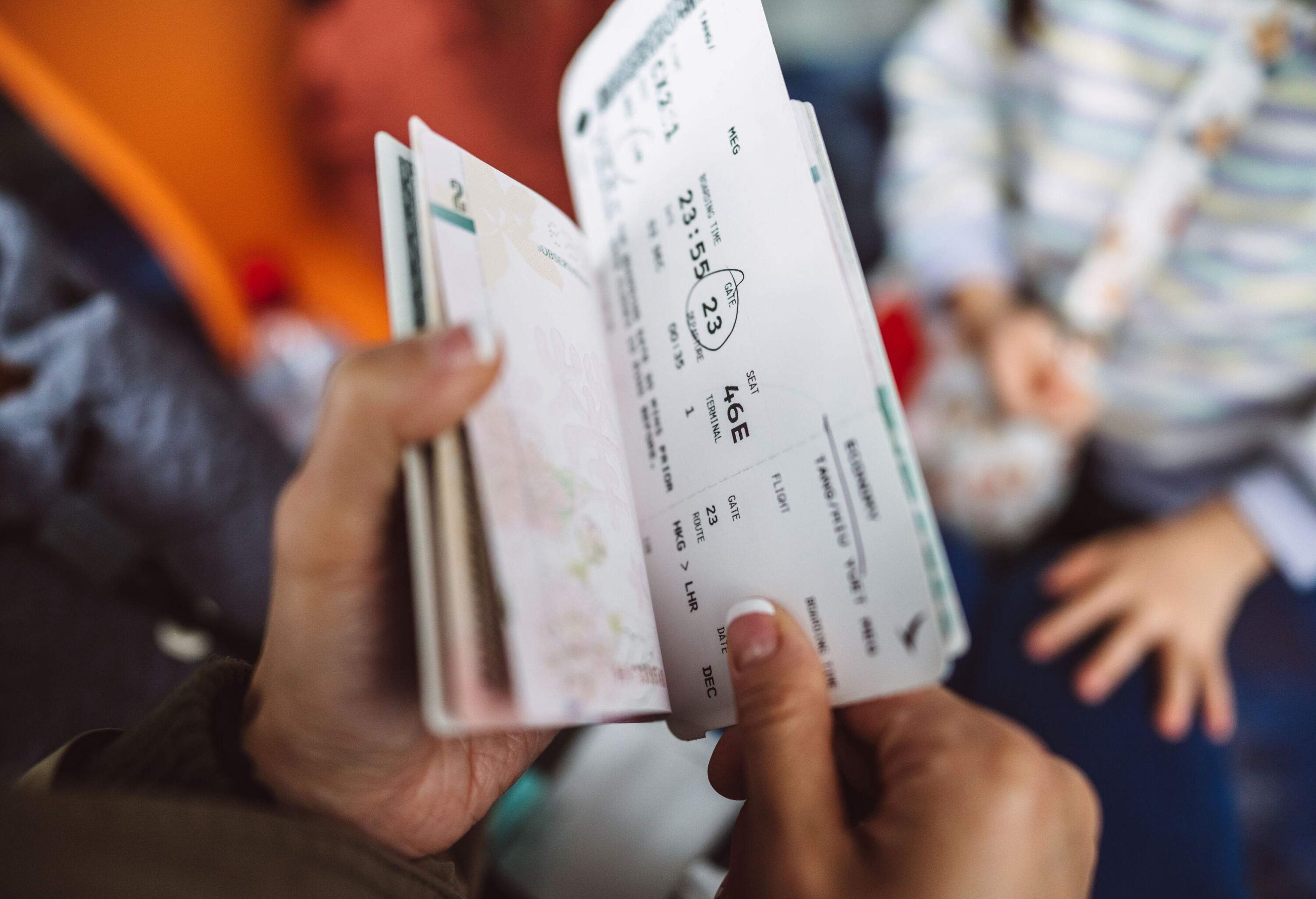Let’s face it. Traveling as a member of the LGBTQIA+ community comes with its own set of challenges that others may not experience or aren’t aware are happening right in front of them. As a transgender woman (MTF), I have realized that getting through security also has its unique set of challenges.
While it is difficult to say with certainty how many people in the world identify as transgender or non-binary, it is estimated to be less than 1%. That means I very well may be the only transgender person that a security agent sees that day or ever.
Humans are humans, and security agents are humans who have a job to do. I’m trying to get where I’m going and they’re trying to ensure that everyone, including me, does that in a safe and secure environment. I shouldn’t have to, but there are programs out there that, in fact, make traveling as a trans person easier. I call it ‘passing’ security.
In the post-9/11 world we live in, security checkpoints have evolved to make traveling safer. While this is an important and necessary step in the safety of travelers, countries and regions have adopted their own approaches to securing their borders. These programs allow you to become a ‘known traveler’ that, while not designed to help gender nonconforming travelers specifically, does make it easier to navigate security checkpoints.
In the United States, we have access to programs like TSA PreCheck, Global Entry, and privately-owned CLEAR, which provide airport personnel with the pre-registered traveler status of program members. I believe using at least one of these programs or a combination of them helps transitioning folks navigate domestic and international security checkpoints much easier.
While traveling to and from the United States, I find that investing in TSA PreCheck, Global Entry and CLEAR helps mitigate certain issues because you’ve already passed a background check. With these programs, I avoid a few things at security. For example, CLEAR validates my identity based on my eyes and fingerprint – two things that will stay the same regardless of how I present or identify. That allows me to bypass being screened by a human who may have situational bias and refer me to additional screening based on my appearance.
TSA PreCheck doesn’t require me to take my shoes off or, most of the time, go through the body scanner – which I’ve learned has a button they press that sets it to female or male. If they set it to female and anatomically I’m still male it will set off the sensors and force an invasive pat down.
TSA supports transgender/non-binary/gender nonconforming passengers and even includes a page on their website that provides helpful information, including your rights when it comes to additional screening and pat downs. Gender nonconforming passengers should invest in these prescreening options that make them a known traveler and a lower risk to security, and prevents situations where human bias can occur.
I’m often on the hunt for similar programs when I travel abroad. Recently I traveled both throughout the United Kingdom and Germany, which is part of the Schengen Area. Some airports let you pre-book a time slot at security, while in others everyone goes through the same queue. Check your departing airport for these options. Even if they are not available, most airport websites will have a page on security and what to expect. It’s good to familiarize yourself with them before traveling. Remember, you may have to go through multiple security checkpoints. For example, when I flew from Berlin, Germany to Boston, USA via London I went through:
- Security at Berlin Brandenburg Airport
- Border control at Berlin Brandenburg Airport
- Border control at London Heathrow Airport
- Security at London Heathrow
- Border control at Boston Logan Airport
Five security points for one trip. And I have to do that each way.
It is important to keep your documents (passport, visas, and boarding passes) handy. I love having my boarding pass on my mobile phone, but don’t rely on technology one hundred percent of the time. Always print your boarding passes.
I think it’s really important to research security rules for anyone in their destination country or if they are connecting through and may have to re-go through security. The UK and the Schengen Area are more strict about the amount of liquids allowed than the US, including make-up. Anyone who wears makeup will not want their expensive products confiscated at security checkpoints – it’s best to put these products in luggage you plan on checking.
As I write this I’m planning my next trip to Switzerland and Italy. I’m looking forward to traveling to two places I haven’t been since I came out and creating new experiences.
Always plan, protect, and most importantly, be yourself. Bon voyage!

